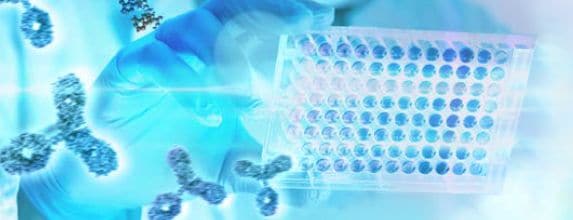Search Thermo Fisher Scientific
GM-CSF ELISA Kits
... ELISA kits are commonly used to measure soluble biomarkers across a variety of research areas. ELISA kits for GM-CSF are available for Human, Mouse, Canine, Porcine and Rat which can be quantified in various samples, including serum, supernatant, plasma, amniotic fluid.
Invitrogen ELISA kits exist in two formats: Uncoated and Coated.... ELISA kits are commonly used to measure soluble biomarkers across a variety of research areas. ELISA kits for GM-CSF are available for Human, Mouse, Canine, Porcine and Rat which can be quantified in various samples, including serum, supernatant, plasma, amniotic fluid.
Invitrogen ELISA kits exist in two formats: Uncoated and Coated. Uncoated ELISA kits include all the necessary reagents to coat your own plates and run your assay with maximum flexibility. Coated ELISA kits...
- 96 Tests
- 10 x 96 Tests
- 96 Tests
- 5 X 96 Tests
128 Tests
1 篇参考文献
- 10 x 96 Tests
- 20 x 96 Tests
3 篇参考文献
- 2 x 96 Tests
- 10 x 96 Tests
- 96 Tests
- 5 x 96 Tests
3 篇参考文献
- 96 Tests
- 10 x 96 Tests
- 10 x 96 Tests
- 20 x 96 Tests
4 篇参考文献
- 2 x 96 Tests
- 10 x 96 Tests
- 96 Tests
- 5 x 96 Tests
- 10 x 96 Tests
- 96 Tests
- 5 x 96 Tests
- 10 x 96 Tests
- 96 Tests
- 5 x 96 Tests
- 10 x 96 Tests






